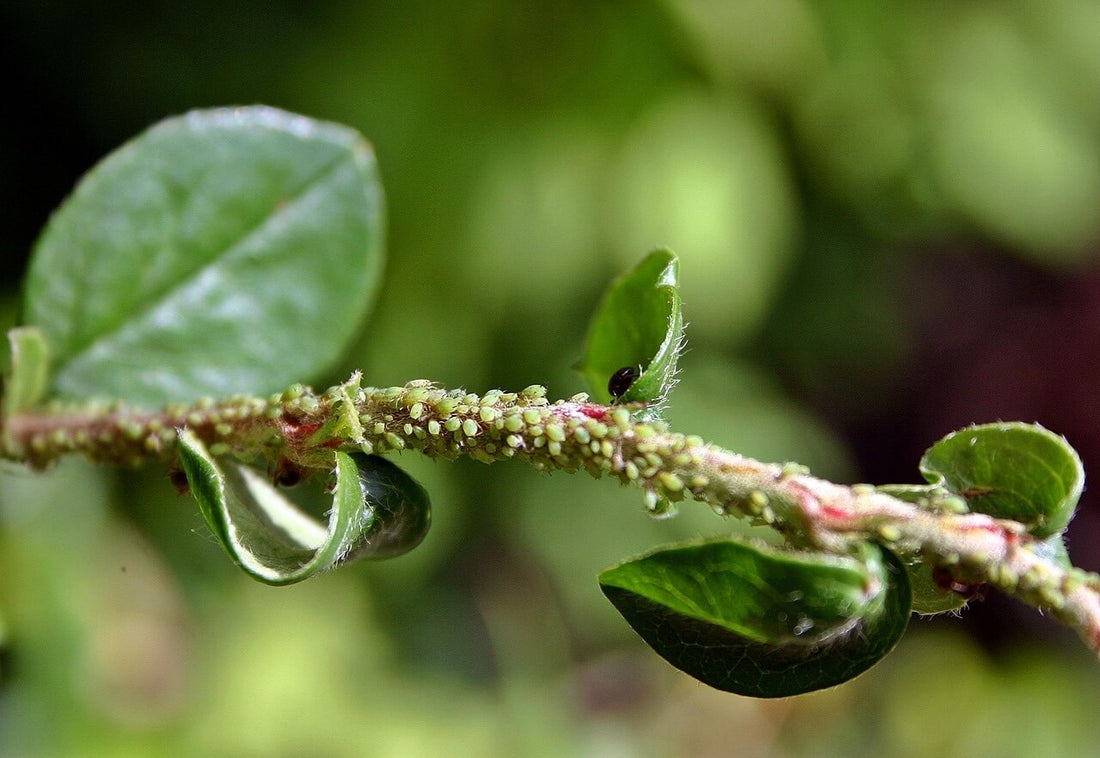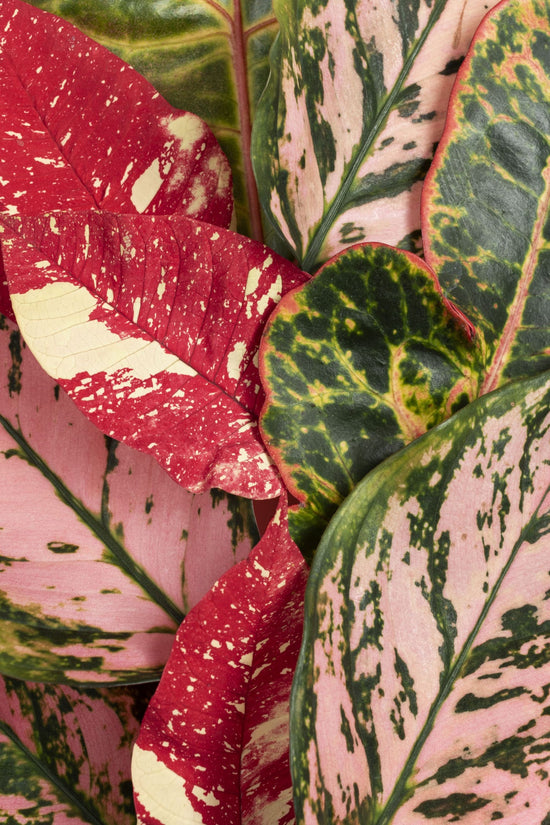The whitefly , also known as the greenhouse whitefly ( Trialeurodes vaporariorum ), is a feared pest in crop production. It attacks houseplants as well as greenhouse and garden plants and can cause significant damage. Tomatoes, cucumbers, brassicas, and tropical houseplants such asMonstera , Philodendron , and Ficus are particularly affected.
What is whitefly?
The whitefly is not a true fly, but belongs to the whitefly family (Aleyrodidae). These small, white insects measure about 1–2 mm and have a waxy, dusty surface. They have two pairs of wings and are easily visible to the naked eye, especially when they rise from plants in swarms.
Life cycle of the whitefly
The whitefly goes through four stages of development:
- Egg laying: Females lay their eggs on the underside of leaves, often in circular patterns.
- Larval stage: The larvae are initially mobile, but later settle and begin to suck plant sap.
- Pupal stage: The larvae pupate in an oval cocoon.
- Adult whitefly: After about 3–4 weeks, the adult insects hatch and begin to reproduce.
Under optimal conditions (20–30 °C), whiteflies can multiply explosively and form large populations within a few weeks.
How do you recognize an infestation?
Whiteflies are relatively easy to identify. The most common signs of an infestation are:
- White, flying insects rise when the plant is touched.
- Yellowing and spotting on the leaves.
- Sticky deposits on the leaves (honeydew).
- Black mold (sooty mold) that forms on the honeydew.
-
Stunted plants , slow growth and drooping leaves.
The larvae are visible as small, transparent dots on the undersides of leaves. They cling to the plant and suck sap.
Which plants are particularly at risk?
Whiteflies prefer to attack soft-leaved plants with high nutrient content. Particularly at risk are:
Houseplants
- Monstera
- Philodendron
- Ficus
- Palm trees
- ferns
- Begonias
Vegetable and greenhouse plants
- tomatoes
- cucumbers
- paprika
- Brassicas
- Herbs (mint, basil)
Whiteflies are particularly common in enclosed spaces such as greenhouses or conservatories where temperatures are constantly high.
What damage does whitefly cause?
The whitefly feeds on plant sap , weakening the plant tissue. Its sucking activity and the honeydew it secretes cause various types of damage:
Direct damages:
- Leaves turn yellow and dry out
- Plant growth is inhibited
- Young shoots may die
Indirect damages:
- Honeydew promotes the growth of sooty mold fungi , which impair photosynthesis.
- The whitefly can transmit viruses and fungal diseases to plants.
A severe infestation can cause the plant to die, especially if it is already weakened.
Control of whitefly
Whitefly infestations should be treated early to prevent mass reproduction. Various biological and chemical methods are available for control.
Biological methods
-
Hang up yellow boards
- Whiteflies are attracted to the yellow color and stick.
-
Neem oil or rapeseed oil sprays
- The oily substances clog the respiratory tract of the flies and larvae.
-
Soap solution or spirit-water mixture
- Helps remove larvae and eggs from leaves.
-
Use beneficial insects:
- Ichneumon wasps (Encarsia formosa) → Parasitize the eggs of the whitefly.
- Ladybug larvae & lacewings → Eat the larvae of the whitefly.
-
Shower the plant regularly
- Washes away larvae and eggs.
Chemical methods
If biological methods are not sufficient, insecticides can be used:
-
Pyrethrum sprays
- Plant-based active ingredient that paralyzes flies.
-
Systemic insecticides
- Are absorbed by the plant and kill larvae when sucking.
Caution: Chemical insecticides should only be used as a last resort, as they can also harm beneficial insects.
Prevention against whitefly
To prevent an infestation from occurring in the first place, you should take some preventative measures :
-
Do not place plants too close together
- Good air circulation prevents pests.
-
Check the undersides of leaves regularly
- Detect infestation early.
-
Creating a beneficial insect-friendly environment
- Promote parasitic wasps and ladybirds.
-
Applying crop rotation in the garden
- Reduce infestation pressure.
The whitefly is a widespread pest that reproduces rapidly, especially in warm and humid environments. It can cause significant damage by sucking plant sap, secreting honeydew, and transmitting viruses.
If you detect an infestation early, you can counteract it with biological methods such as yellow tablets, neem oil, or beneficial insects. In stubborn cases, chemical agents can also help. However, the best strategy is prevention by checking your plants regularly and ensuring a healthy environment.





